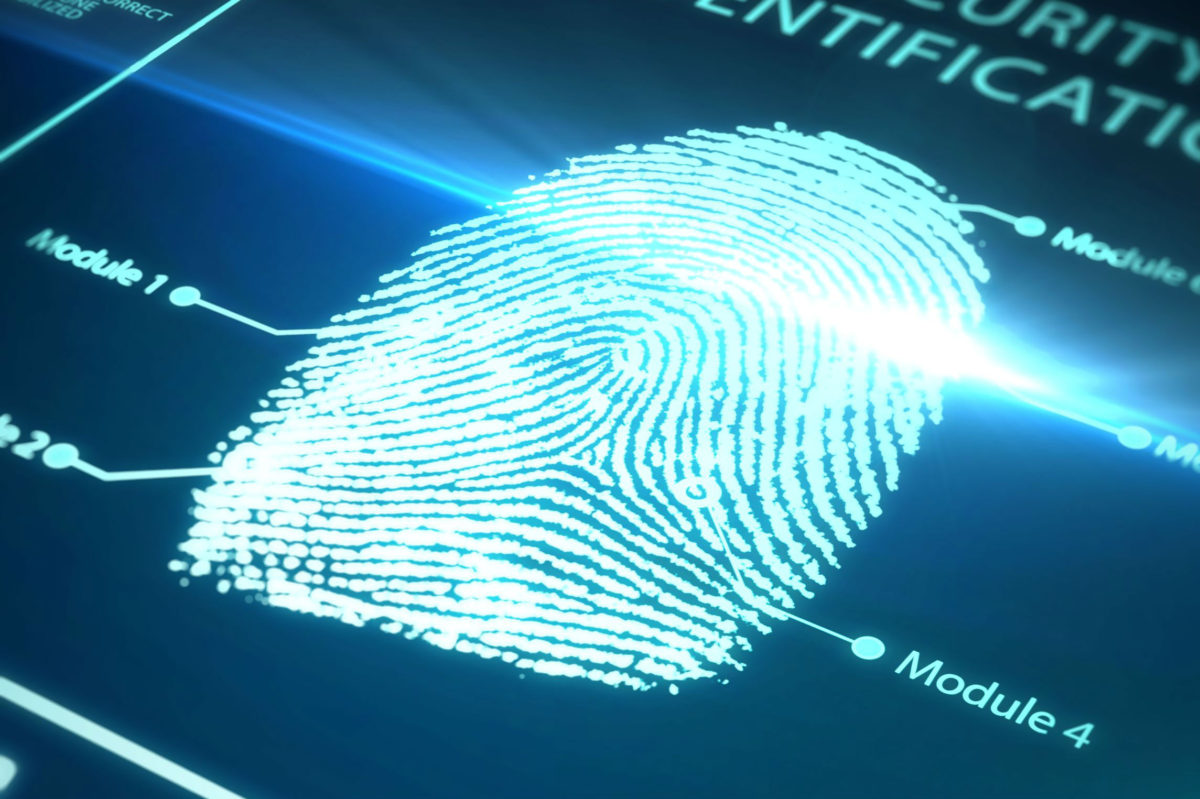When you take a (paid) course in Coursera, you can earn a certificate. To do that, you need to take a series of tests. At this point, some problems arise. One of the most important ones is the fact that Coursera is unable to tell who is taking the test. Or can they?
As Maas et al. (2014) point out in their publication on identity verification in MOOC’s, this is a problem that is very unique for this specific field, in that it is the only case where someone can benefit from someone else having their credentials. Online banking, for example, does not have this issue.
So, how do they do it? There are two main mechanisms Coursera uses. The first is using face photos. The second, more interesting mechanism, is typing patterns. Let’s look at it in a bit more detail.
As it turns out, the way we type is like a fingerprint: unique and therefore a very good way to identify someone. On certain points during the Coursera learning process (when identity authentication is needed), Coursera will let the user type a small sentence. A Javascript tool then records the time between the press of each key. Other data such as overall typing speed and the shift key used (left or right) might also be used, although this is not verified in the mentioned document. This data is optimized for the verification system, by removing uninteresting or highly variable information such as interruptions or typos. Finally, a series of checks for intentional mimicking of someone else’s pattern is performed.
This analysis gives a pretty accurate idea of whether the person is who he/she pretends to be. Looking at the scatter plot below (Maas et al., 2014), we see just how close together 5 samples from 2 different students (blue/red) are. The system also uses machine learning techniques to continuously increase accuracy, which is possible through the large number of participants.

Although the actual accuracy of this system can be questioned (e.g. the other person could be nearby/how well is the technology applicable to touch devices), it is good to see that, in a time where MOOC’s appear to become more serious equivalents of traditional education, there are ways to identify someone remotely. This technology may need some enhancements and refinements, but could become very important nonetheless.
Sources:
Click to access amaas_mooc_verified.pdf
https://www.quora.com/How-does-Coursera-verify-validate-a-user-by-the-way-they-type


Hi Damien,
Thanks for sharing the blog, interesting read!
I was wondering why you believe it is a problem that other people would take your test in this context i.e. what problem does keystroke biometrics solve?
This may sound odd at first but you could consider the following. In my view people voluntarily decide to spend time on a coursera course to expand their knowledge on (new) topics that are of interest to them. Within this context, when people decide to let someone else complete their test it is their loss of knowledge, the harm to other people that have taken the course is limited. This is different from a fully accredited university course where harm to other people is more pronounced because the course is used for taking important important decisions e.g. completing your masters or receiving a job offer.
I am curious what you view is in this matter.
Best,
Elisabeth
Interesting article Damiën,
I would like to reply to the Elisabeth’s comment. In the traditional sense of MOOC’s I would agree with you, it started off as ways to expand knowledge on topics that are of interest and did not have much value for future job prospects. However, the quality of MOOC’s is rising. Popular, renowned universities such as Stanford, MIT and Harvard are offering courses as well. I would expect the value of completion of courses to rise as well. The verification of who actually completed the course is then of greater importance.
Best regards,
Luca